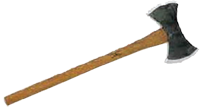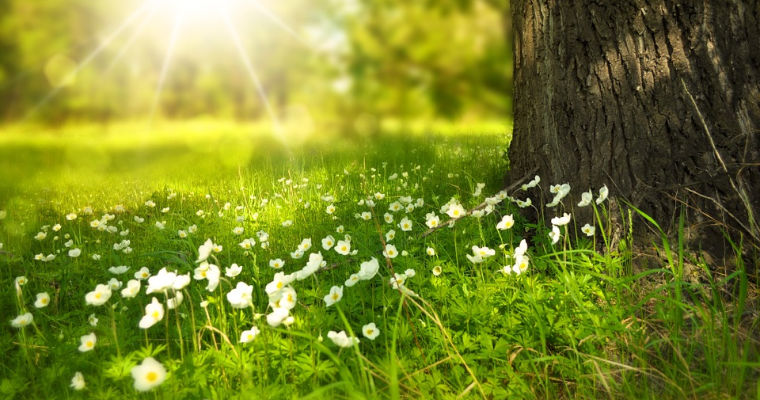Do you suffer from tree and/or plant pollen allergies? If so, you aren’t alone. According to one study, nearly one-third of the adult population regularly experiences allergy attacks from seasonal pollen.
It’s a common and widespread condition that causes serious discomfort for millions of Americans during the spring season. While there are drugs and other treatment solutions available for seasonal allergies, you can also manage this condition by touching up your landscape.
Fertilize Lawn Regularly
Fertilizing your lawn on a regular basis can help control the amount of pollen in your landscape.
Fertilizer, especially if it’s the right variety of your lawn grass, will provide essential nutrients like nitrogen, phosphorus and calcium to stimulate the growth of your lawn grass.
And as your lawn grass grows, it will consume moisture and other nutrients in the soil so that weeds are unable to use them.
Choose Evergreen Trees
When choosing trees for your landscape, consider using evergreens instead of deciduous.
Also known as softwoods, evergreens are characterized by their ability to stay green year-round. In comparison, deciduous trees or hardwoods shed their leaves annually.
If you suffer from seasonal allergies, growing too many deciduous trees in your landscape will result in high pollen levels when those trees shed their leaves, a process that usually occurs during late spring.
Mow Lawn Shortly After It Rains
Wait until a day or two after it rains to mow your lawn. This won’t necessarily reduce the amount of pollen produced by your landscape. It will, however, help to control pollen.
By mowing your lawn after it rains, you can rest assured knowing that the grass will be somewhat damp.
The downside is that damp grass may clog your lawnmower, but the good news is that it naturally controls pollen, thereby reducing your risk of an allergy attack.
Rake Leaves and Debris
It’s also important to remove leaves, pine straw and other debris covering your landscape.
As debris accumulates on your lawn, it will trap allergy-causing pollen. For an allergenic landscape, use a rake to remove leaves and debris from your landscape.
Choose Non-Wind-Pollinating Plants
In addition to evergreen trees, choose plants for your landscape that aren’t pollinated by the wind. Daffodils are a popular choice among homeowners who suffer from seasonal allergies.
While other plants and flowers are pollinated by the wind, daffodils are pollinated primarily by insects like bees.
The Woodsman Company offers tree planting, tree pruning and shrub trimming, tree removal and stump grinding as well as a tree wellness program.
If we can help with any of your tree care needs give us a call at 512-846-2535 or 512-940-0799 or


Thank you so much for this information. Will follow the same. Keep working.